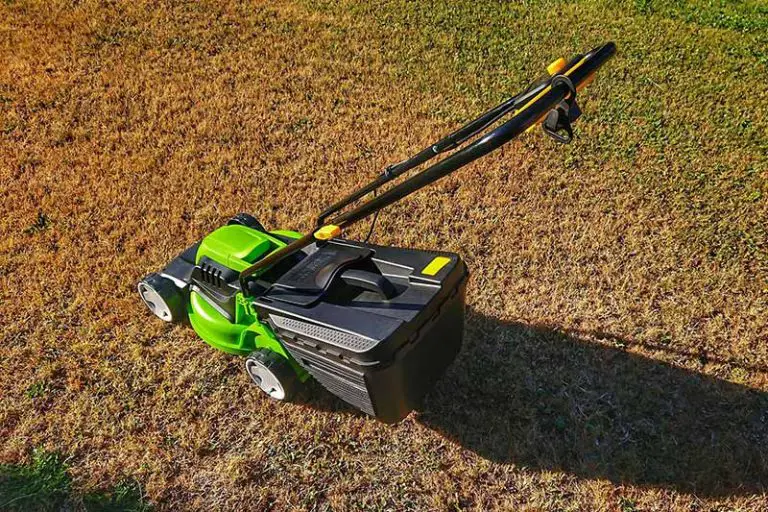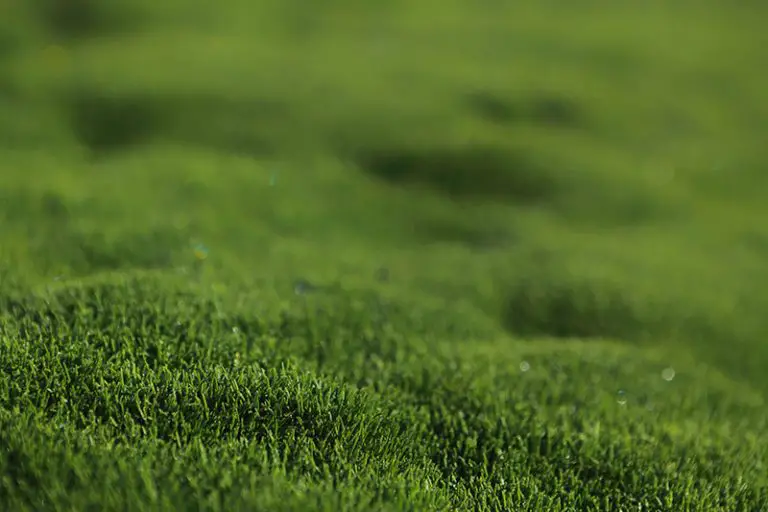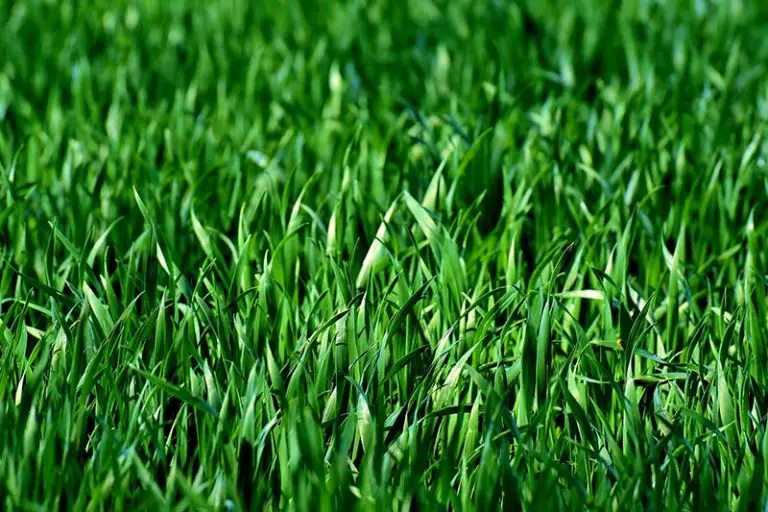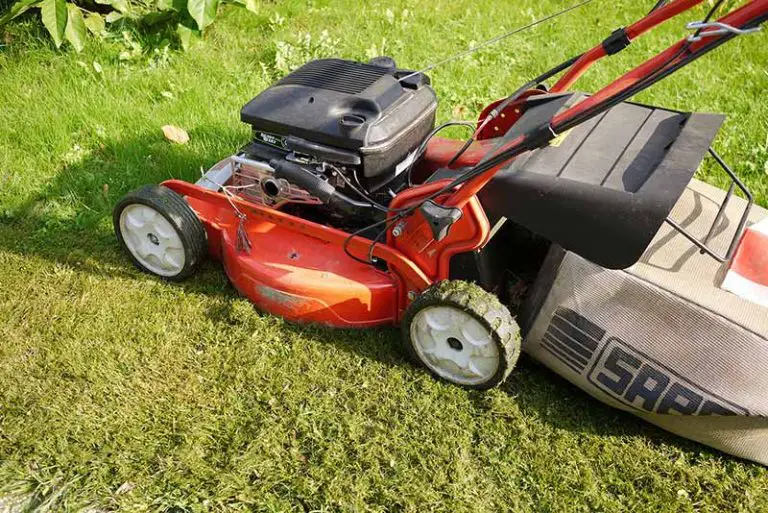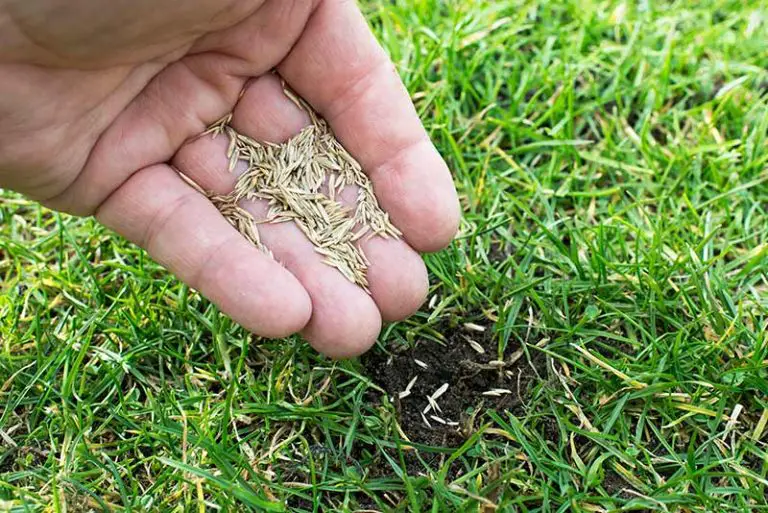How To Get Bermuda Grass To Spread Thicker And Greener
Bermuda grass is a beautiful addition to any landscape which makes it one of the most popular lawns in North America. But what happens when your lawn starts to show signs of sickness or neglect? When you notice patches of dead grass or bare spots, it could seem intimidating, but correcting this is not as hard as you think.
If you want to get Bermuda grass to spread thicker and greener:
- Apply enough fertilizer in the correct ratio.
- For a greener lawn, mow more often at slightly lower than an inch.
- Make sure you water it regularly and avoid overworking the soil with tools that might damage roots.
With a little effort, your Bermuda lawn will reward you with the gorgeous green appearance of professional golf courses. Here are the factors that affect the spread of lush Bermuda Grass.
Ways To Make Bermuda Grass Grow Thicker and Greener
Let us explore a few of the quickest ways to grow thicker Bermuda Grass.
Fertilize Bermuda Grass Correctly
Bermuda grass needs a lot of nutrients from proper lawn fertilization in order to grow healthy. The correct application rate of nutrients for Bermuda Grass is three pounds of nitrogen for every thousand square feet of lawn space. Milorganite is a high-nitrogen fertilizer. It is an excellent choice for Bermuda grass. Milorganite is a slow releases fertilizer that will provide extra nutrients to your Bermuda grass over a period of eight to ten weeks.
It’s essential to conduct a soil test before applying fertilizer to determine the low-level nutrient. Bermuda grass thrives with a fertilizer that has a high Nitrogen content, very little phosphorus, and a low level of potassium. A fertilizer with an N-P-K ratio of 16-0-8 or 16-4-8 works best for Bermuda grass.
There are three points in a growth cycle to fertilize Bermuda grass. The first application of fertilizer should take place as Bermuda grass starts to get green in mid-spring after the last frost date for your region. Temperatures should be in the 60 to 65-degree Fahrenheit range before applying fertilizer to Bermuda grass.
A second fertilizer feed can be applied more or less two to three months later, or around mid-summer. A final fecundation can take place in early fall. A slow-release nitrogen-rich fertilizer is your best option for all three feeds.
Mow Bermuda Grass More Often
Thicker growth in Bermuda grass can be encouraged by mowing it regularly. Do not make the mistake of allowing Bermuda grass to grow too tall. Tall grass results in an unhealthy lawn when the tall bushy grass blocks sunlight from reaching the base of the grass plants.
Mowing Bermuda grass to a height of about 0.75 inches encourages Bermuda grass to grow horizontally along the ground rather than up, resulting in a thicker lawn. Bermuda grass grows fast. As a result, it may need to be cut weekly.
A suitable lawn mower for this job would cut the grass cleanly rather than chop it. Sharpen the mower blades regularly to keep the blades cutting Bermuda grass rather than chopping it. The best mowers for this job are reel mowers or rotary mowers. It’s also an excellent idea to water your grass after you’ve mowed it if you want it to grow as thickly as possible.
Water Bermuda Grass Regularly
Bermuda grass requires 1 to 1 1/4 inches of water per week during the summer months. It’s best to water your grass at least three times per week so that the soil remains saturated to promote vigorous root growth.
Apply about half an inch of water every time you water, and make sure that the grass is moist down into the soil to encourage a fuller lawn. Most sprinkler systems deliver around 1 inch of water per hour, so water thrice a week for 30–40 minutes. The best time to water your lawn is morning or evening during cooler parts of the day.
Aerate Your Bermuda Grass Lawn
Aerating your lawn is another great way to make it thicker. By removing plugs of soil, aeration creates room for Bermuda grass roots to grow deep, making for a thicker lawn. Aerate your Bermuda grass lawn as soon as it begins to turn green to promote even more robust and faster growth.
Experts also advise aerating after scalping while the grass is still short. It enables the roots to recover faster from the damage caused by scalping. It will be much easier for water, oxygen, and nutrients to penetrate the topsoil and feed your lawn once you aerate the soil.
Spike aerators and plug aerators are available for rental to assist with this task. Bermuda grass should be aerated twice a year. The best time to perform this is in spring and fall. After aeration, you can apply lime, fertilizers, and weed killers for better results. These soil additives can penetrate the ground and work at their best after aeration.
Check The Bermuda Grass Soil pH
Soil pH plays a significant role in Bermuda grass. The optimum pH range for growing healthy Bermuda grass is between six and seven, which is slightly acidic. You can use an at-home kit to evaluate your soil pH or send a soil sample away to be tested.
Apply sulfur in pellet form to your Bermuda grass at a rate of five pounds per thousand square feet of lawn to lower the pH (Ensure that the air temperature is below 75 degrees Fahrenheit when you apply sulfur.)
You will need to adjust your soil pH if your soil test shows that it falls outside of the optimal range. To raise the pH of the soil lime can be added. Incorrect soil pH creates an environment where Bermuda grass has difficulty absorbing nutrients and may cause your lawn to turn yellow. Test the pH regularly to ensure the optimal conditions for your lawn.
Control Weeds In your Bermuda Grass
Weeds steal nutrients from your Bermuda grass, leaving you with a patchy and unhealthy lawn. One of the prime ways to get your Bermuda grass lawn thicker, greener, and fuller is to keep weeds like crabgrass, poa annua, and quack grass from sprouting. To control these weeds in small areas, mow your lawn as low as possible to expose the weed roots and then uproot them.
Alternatively, you can apply a pre-emergent herbicide in late winter and early spring before Bermuda grass germinates. If you spot the weeds after applying the pre-emergent herbicide, then it’s time to apply post-emergent herbicides such as 2,4 D Amine.
You should not use the herbicide all over your lawn; focus on the affected areas to kill the weeds. If you suspect a significant weed infestation, reapply pre-emergent herbicide every 60 to 90 days.
Treat Lawn Diseases In Bermuda Grass
Several types of diseases can attack Bermuda grass. Some cause yellow patches in the lawn, while others reduce its overall health and vitality. Treating these diseases is a little tricky as they require different treatments. Spring dead spots, brown patch disease, and dollar spot are all prevalent fungal infections in Bermuda grass.
If you suspect that your Bermuda grass might have Fusarium Wilt, take the soil sample to a lab for testing. If your lawn has brown patch disease, then it’s time to apply a fungicide soon after the symptoms are spotted. If your Bermuda grass is turning gray or white, it might suffer from snow mold disease.
If your Bermuda grass has brown leaf spots, it’s time to apply a fungicide and increase air circulation by mowing. Root rot, commonly known as Bermuda decline, is another fatal disease that can cause a thin lawn. It wreaks havoc on the roots, resulting in stunted growth and thinning lawns.
Depending on the type of disease affecting your Bermuda grass, you may need to adjust the amount you water or the time of day that you water. If in doubt, get a professional to assist with a diagnosis.
Prevent Bermuda Grass Insects
Insects can be pesky and ruin your lush, green lawn. If you spot brown patches on your Bermuda grass that increase in size as the days go by, then you might be suffering from chinch bugs.
These insects suck the chlorophyll juices out of Bermuda grass and turn it yellow or brown. To rid your Bermuda grass of chinch bugs, apply beneficial nematodes at the first sign of infestation. Chinch bug populations are known to increase in September, so stay vigilant.
If your Bermuda grass is suffering from sod webworms, you need to apply beneficial nematodes as soon as possible. These worms eat Bermuda grassroots and can damage entire lawns if left unchecked.
Japanese Beetles are also a common pest that feast on Bermuda grass. They eat leaves, stems, and roots of the plant, causing slow death in patches form. The best protection against these beetles is to apply neem oil.
Prevent Thatch In Bermuda Grass Lawns
Thatch buildup, or the accumulation of dead plant material, is another common problem that plagues Bermuda grass lawns. It is essentially a buildup of plant debris that accumulates and creates a barrier between your Bermuda grassroots and the nutrients they need to grow.
If your lawn has a severe thatch build up, it will require you to dethatch your lawn.
One of the best ways to prevent thatch build up in Bermuda grass is by deep aeration. It helps to reduce soil compaction and allows pockets in the soil for the debris to seep into and decompose. Another way to prevent thatch in Bermuda grass is by adding Soil³ compost once a year. Microorganisms the Soil³ help to consume and break down the thatch.
Factors That Influence Growth And Thickness Of Bermuda Grass
Different factors determine the health, color, and thickness of Bermuda grass. Some elements are artificial, while others rely on nature itself to grow a thick, green lawn.
Sunlight
Bermuda grass needs six hours of direct sunlight to grow optimally. If your lawn is receiving less than that, then you might notice thinning patches and reduced growth. Any less exposure causes disease vulnerability and growth retardation. The brightness of the light is crucial, but it isn’t the only factor.
The amount of sunshine received throughout the day affects the growth of leaves, rhizomes, and stolons. Dappled light for Bermuda grass causes narrow, elongated leaves, thin upright stems, extended internodes, and weak rhizomes (less than 60% full sunshine). The spikes that are responsible for producing seeds and flowers need more sunlight to develop properly.
Temperature
The ideal temperature for Bermuda grass is 70-75 degrees Fahrenheit. If the lawn gets hotter than that, it starts to wilt and becomes more prone to disease. Temperatures below 52 degrees Fahrenheit cause Bermuda grass to become dormant.
The soil temperature regulates the growth and development of bermudagrass turf, influenced by the air temperature. Significant increase of rhizomes, roots, and stolons need soil temperatures above 65°F.
Water
Bermuda grass needs an average of one to one and 1/4 inch of water per week including rainfall. However, this amount will differ according to the weather and soil type. If the lawn is receiving more water than this, then it will remain greener and thicker.
The opposite happens if the soil dries up. Once the soil is dry, it becomes hard for nutrients to move through the roots and into its system. It causes Bermuda grass to turn brown or yellow, and the grass will thin out.
Soil
The soil quality is an essential factor in how lush and green Bermuda grass will be. Bermudagrass thrives in many soil types, from thick clays to deep sands, so long as fertility is not a factor. Bermuda grass is even tolerant of saline environments.
Bermudagrass can withstand drought, although it thrives in well-drained and well-watered areas. If the ground is too thick or heavy, it will suffocate the roots and prevent them from growing. It causes the grass to appear thin and yellow, with slow growth rates.
Bermudagrass has a high nitrogen demand for good quality turf, even if it can survive on low fertility soils. However, the grassroots cannot penetrate compacted soil or soil that is highly acidic or alkaline. Aeration and pH modulation would become more crucial.
Effects Of Shade On Bermuda Grass
Bermudagrass has a high sunlight demand and does not develop well under low light (shaded) conditions. If there is dense shade around your lawn, you are likely to notice some undesirable signs.
Signs that the Bermuda grass isn’t getting enough sunlight include;
- Thinning lawn – Bermuda grass requires high levels of sunlight for photosynthesis to occur, making it very intolerant to shade. As a result, this will cause the grass to thin out and appear limp.
- Unusually elongated stems– The grass stems become longer and more pointed as they reach for any available light. The nodes of the grass plants also spread out more comprehensively, which causes a more weed-like appearance.
- Weeds – Since the Bermuda grass cannot get enough light, it encourages weed growth such as quack grass, crabgrass, and dandelions. Weeds will compete with the grass and use up all of its available resources.
- Reduced tolerance to diseases – A lack of sunlight makes the grass more susceptible to fungal infections like gray leaf spot, which can make your lawn unsightly. Infections often occur because dew stays on the leaves for more extended periods than areas with more prolonged exposure to sunlight.
- Reduction of seed heads – The grass produces seed heads when it receives enough sunlight. If the Bermuda grass isn’t getting any light, it will not produce seeds.
How Can You Prevent Full Shades On Bermuda Grass?
- Trim the branches that make a canopy to ensure more sunlight.
- Remove unnecessary trees and bushes that are shading your lawn.
- In extreme cases, invest in artificial light systems to provide sunlight for the grass during darker months.
Conclusion
Bermuda grass is perfect for homeowners who are looking to achieve a lush, green lawn. For this grass variety to thrive, it requires proper care and maintenance. With a bit of effort and know-how, you can nurture a beautiful green lawn that you and your family can enjoy.

